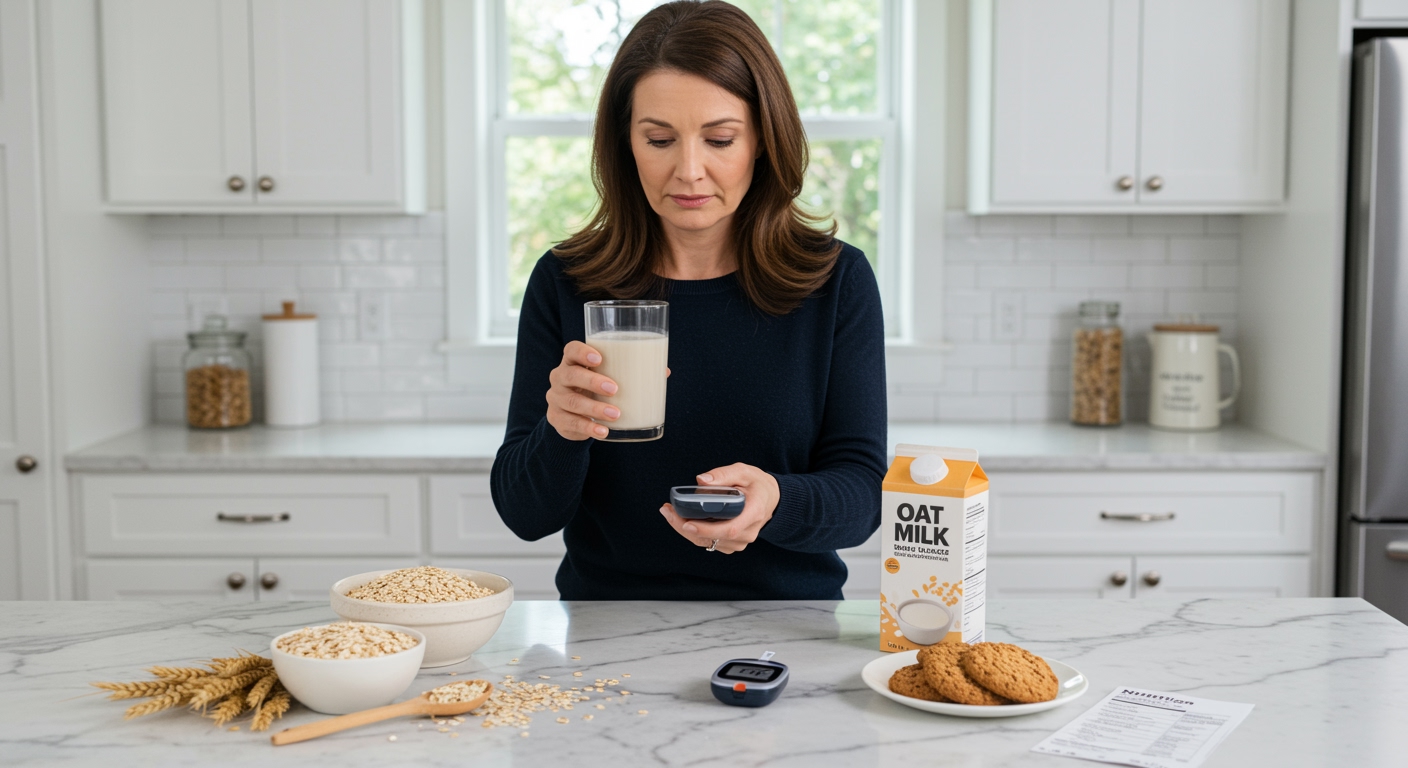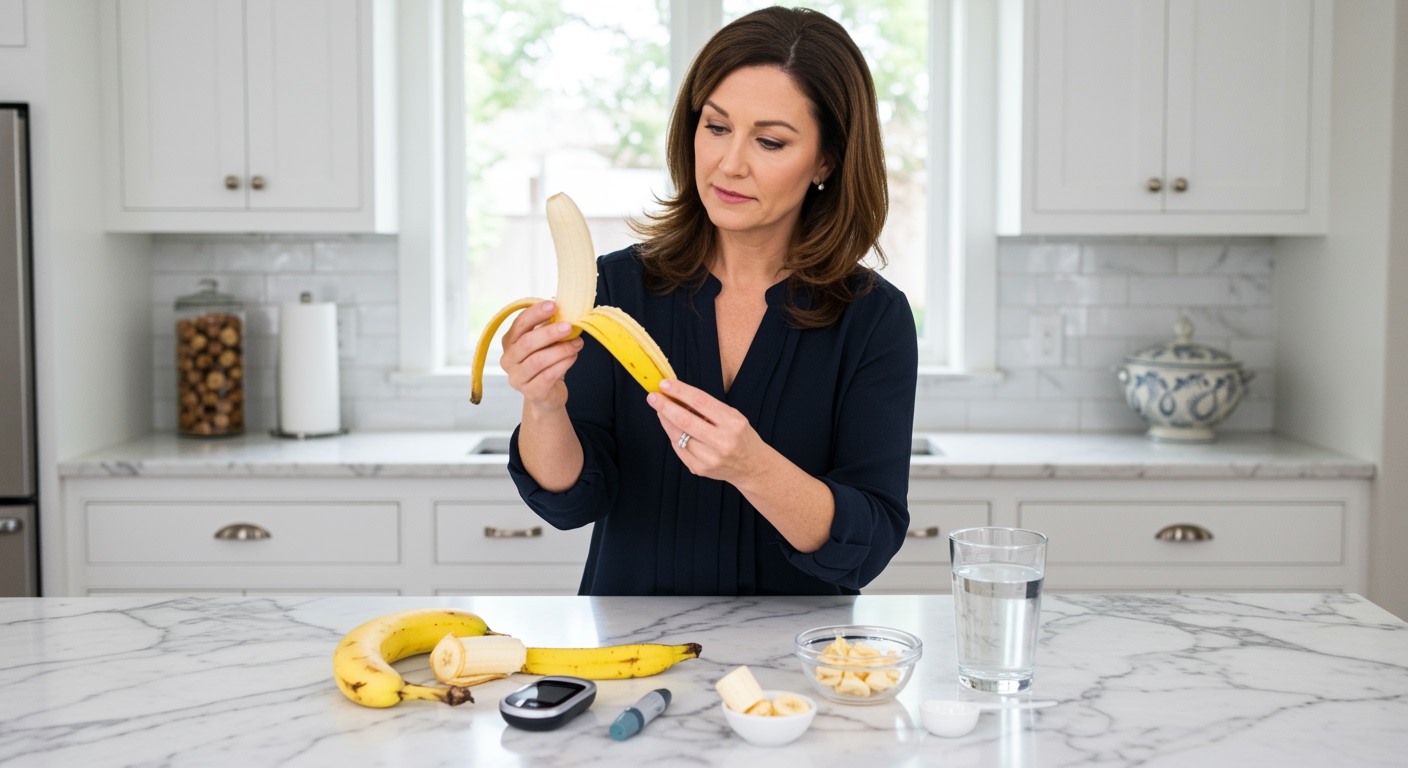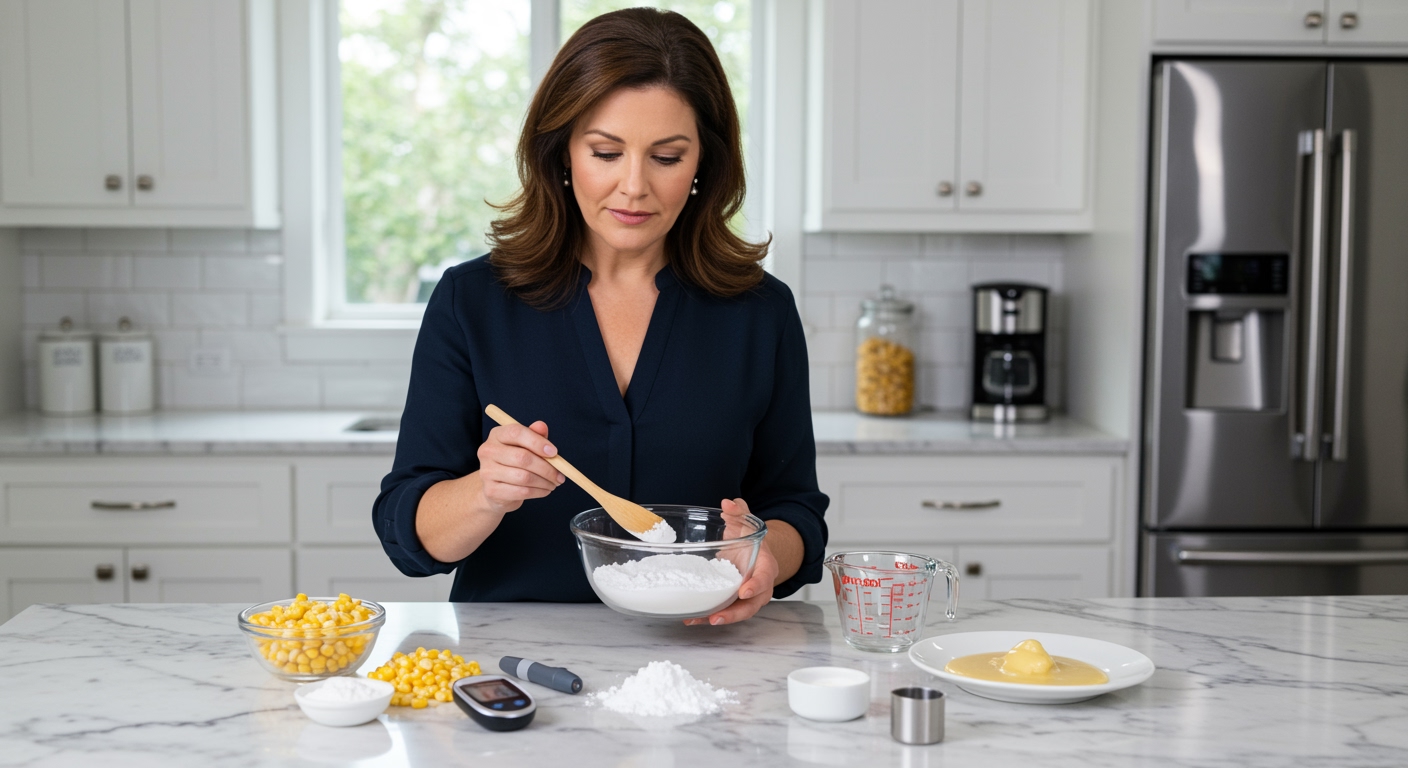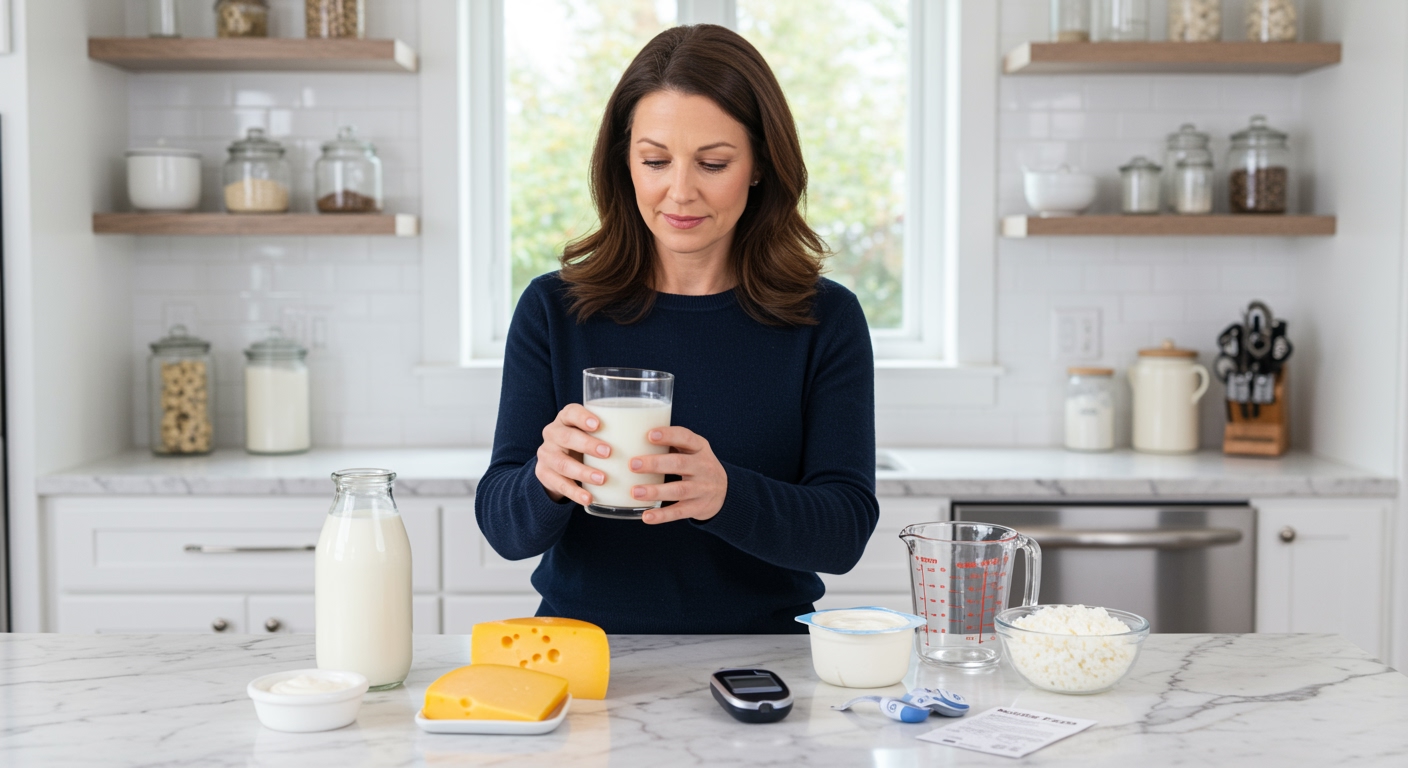✪ Key Takeaway: Most dried cranberries are loaded with added sugar and can spike blood glucose, making them unsuitable for diabetes management.
Introduction
You reach for that bag of dried cranberries thinking you are making a healthy choice for your diabetes.
Many people with diabetes wonder if these ruby-red dried fruits can fit into their meal plan without causing blood sugar spikes.
Hi, I am Abdur, your nutrition coach and today I am going to explain whether dried cranberries are safe for diabetes and what you need to know about their impact on blood glucose.
What Makes Dried Cranberries Different From Fresh Ones?
Fresh cranberries are naturally tart and contain very little sugar.
One cup of fresh cranberries has only 4 grams of natural sugar and 46 calories.
The drying process completely changes this nutritional profile.
Food manufacturers add massive amounts of sugar to make dried cranberries palatable because the natural tartness becomes concentrated during dehydration.
Most commercial dried cranberries contain between 65-70% added sugar by weight.
This means a quarter cup serving delivers about 26 grams of sugar and 123 calories.
The fiber content also decreases during processing, removing one of the key nutrients that helps slow sugar absorption.
✪ Fact: Fresh cranberries have a glycemic index of 10, while dried cranberries with added sugar score around 64.
How Do Dried Cranberries Affect Blood Sugar Levels?
Dried cranberries cause rapid spikes in blood glucose due to their high sugar content and reduced fiber.
When you eat foods with a high glycemic index like sweetened dried cranberries, your digestive system quickly breaks down the sugars into glucose.
This glucose enters your bloodstream within 15-30 minutes, causing your blood sugar to rise sharply.
For people with diabetes, this creates a double problem.
First, your body cannot produce enough insulin to handle the glucose surge effectively.
Second, your cells may be insulin resistant, meaning they do not respond properly to the insulin your pancreas does produce.
Studies show that foods with added sugars like dried cranberries can keep blood glucose elevated for 2-4 hours after eating, making diabetes management much more challenging.
✪ Pro Tip: Check your blood sugar 1-2 hours after eating dried cranberries to see your personal response.
Are There Any Benefits For People With Diabetes?
Cranberries do contain some beneficial compounds that could theoretically help with diabetes complications.
Fresh cranberries are rich in antioxidants called proanthocyanidins, which may help reduce inflammation and support heart health.
Some research suggests these compounds might help prevent urinary tract infections, which are more common in people with diabetes.
However, the processing and added sugar in dried cranberries likely outweigh these potential benefits.
The high sugar content creates inflammation in your body, which works against the anti-inflammatory properties of the cranberry antioxidants.
Additionally, the blood sugar spikes caused by dried cranberries can damage blood vessels over time, increasing your risk of diabetic complications like neuropathy and retinopathy.
You would get more antioxidant benefits from eating fresh cranberries or drinking unsweetened cranberry juice without the blood sugar consequences.
✪ Note: The antioxidants in cranberries are preserved better in fresh or frozen forms than in dried products.
What Are Better Alternatives For Diabetics?
Several diabetes-friendly alternatives can satisfy your craving for something sweet and chewy.
Fresh or frozen cranberries mixed with a small amount of stevia or monk fruit sweetener give you the cranberry flavor without blood sugar spikes.
Unsweetened dried cranberries are available but can be extremely tart and difficult to find in most stores.
Nuts and seeds make excellent snack alternatives that actually help stabilize blood sugar.
Almonds, walnuts, pumpkin seeds, and sunflower seeds provide healthy fats, protein, and fiber that slow glucose absorption.
Fresh berries like blueberries, raspberries, and blackberries offer natural sweetness with lower sugar content and higher fiber than dried fruits.
If you want something with a chewy texture similar to dried cranberries, try small portions of sugar-free dried fruits or make your own by dehydrating fresh fruits without adding sweeteners.
✪ Pro Tip: Pair any fruit with protein or healthy fat to minimize blood sugar impact.
How Should You Read Labels On Dried Fruit Products?
Reading nutrition labels becomes critical when choosing any dried fruit product for diabetes management.
Look at the ingredient list first, not just the nutrition facts panel.
Ingredients are listed in order of weight, so if sugar appears as the first or second ingredient, that product will spike your blood glucose.
Sugar hides under many names including cane juice, corn syrup, fructose, glucose, sucrose, and fruit juice concentrate.
Check the total carbohydrate content per serving, paying special attention to the added sugars line.
A serving should contain no more than 15 grams of total carbohydrates if you want to include it in your diabetes meal plan.
Also notice the serving size because manufacturers often use unrealistically small portions to make the numbers look better.
✪ Fact: Most people eat 2-3 times the listed serving size of dried fruits without realizing it.
The Bottom Line
Dried cranberries with added sugar are not suitable for diabetes management due to their high sugar content and potential to cause blood glucose spikes.
Smart food choices require looking beyond marketing claims to understand how processing changes nutrition.
I would love to hear about your experiences with dried fruits and diabetes management, so please share your thoughts or questions in the comments below.
References
At NutritionCrown, we use quality and credible sources to ensure our content is accurate and trustworthy. Below are the sources referenced in creating this article:
- Tap Health: Are Dried Cranberries Good for Diabetics
- January AI: Glycemic Index of Dried Cranberries
- PMC: Cranberries and Metabolic Health
- Klinio: Cranberries and Diabetes





